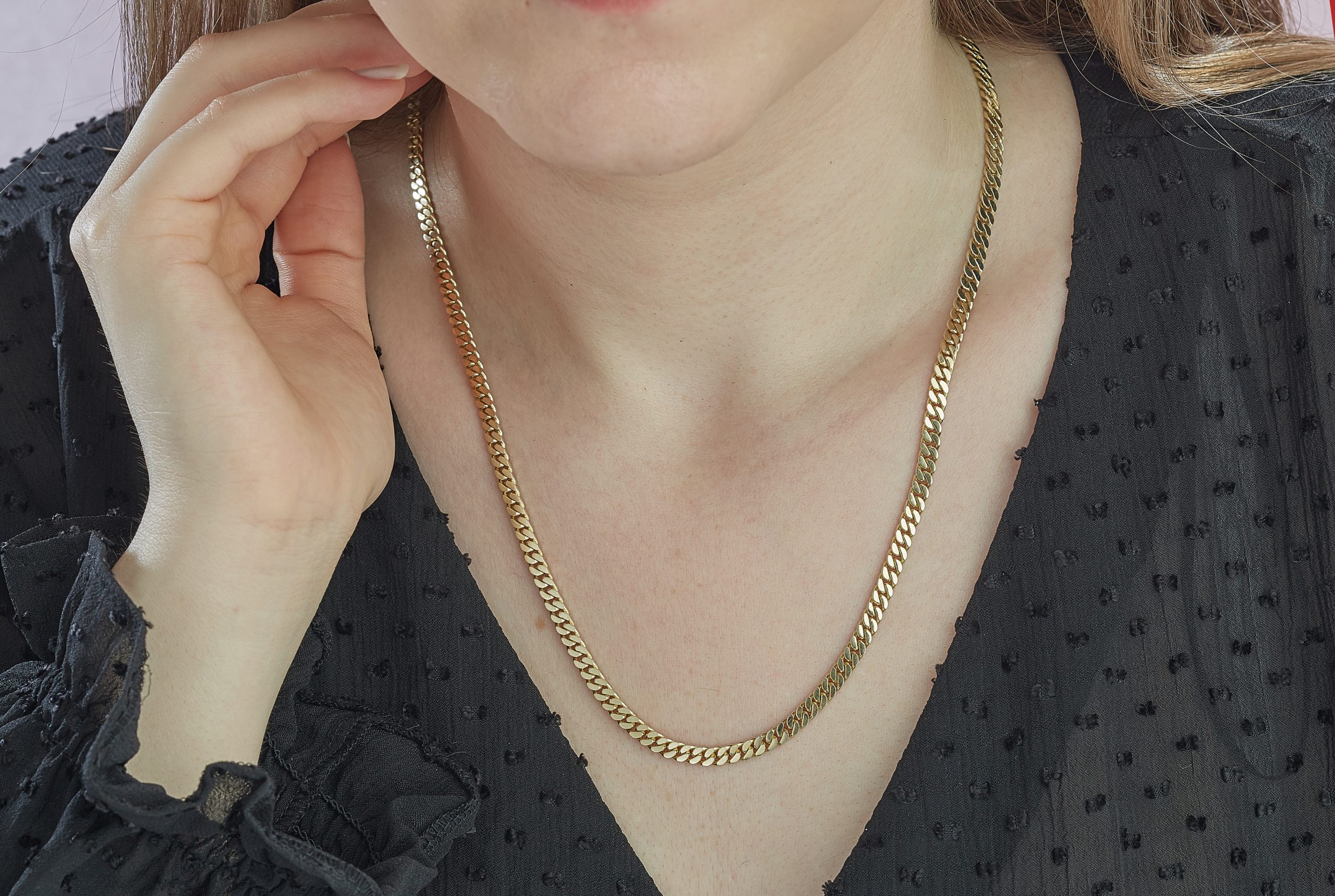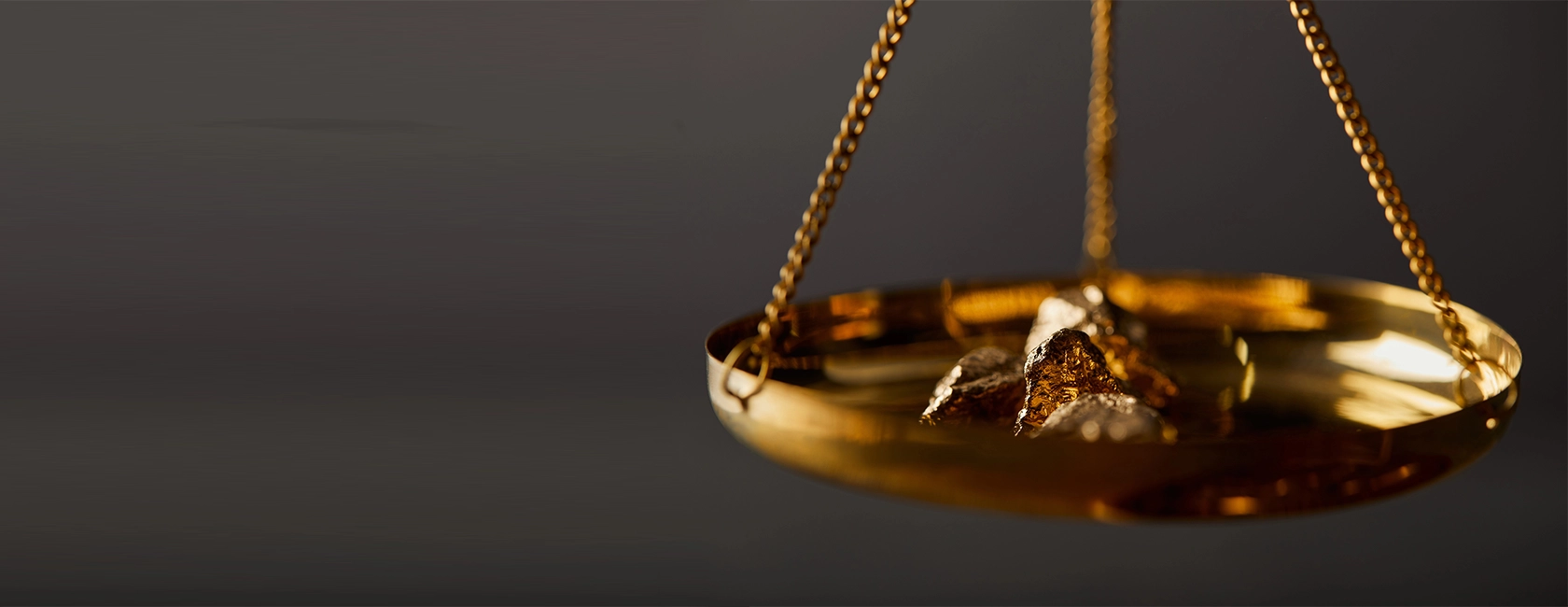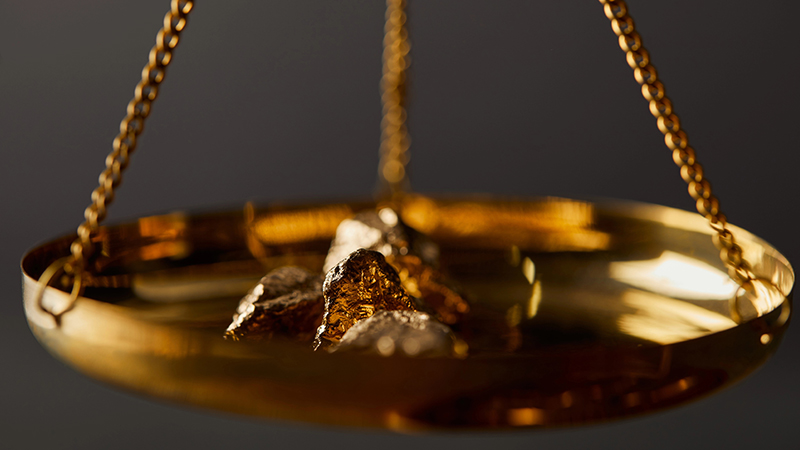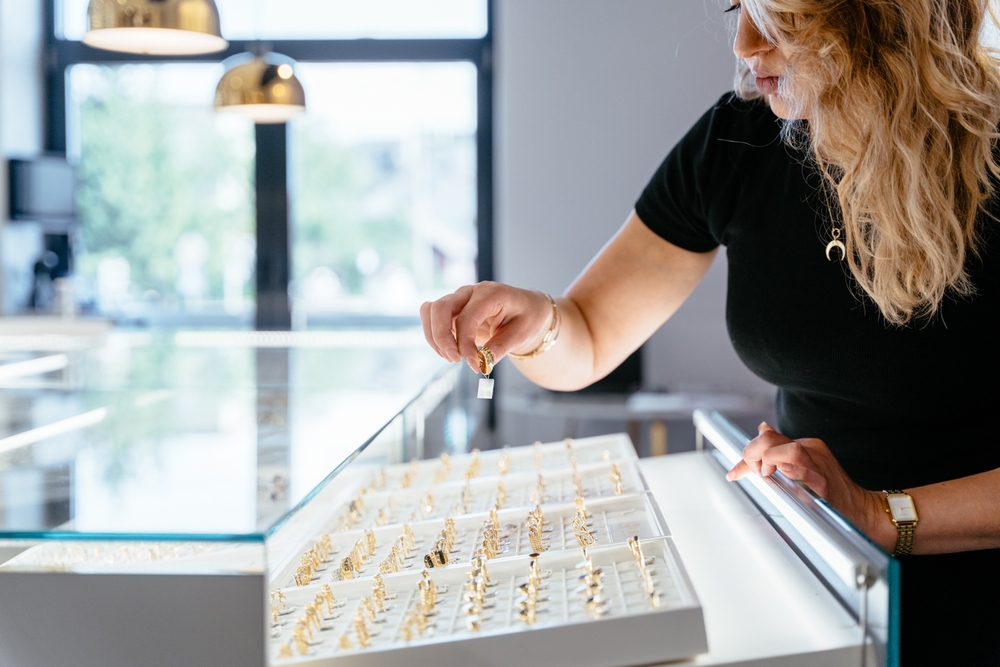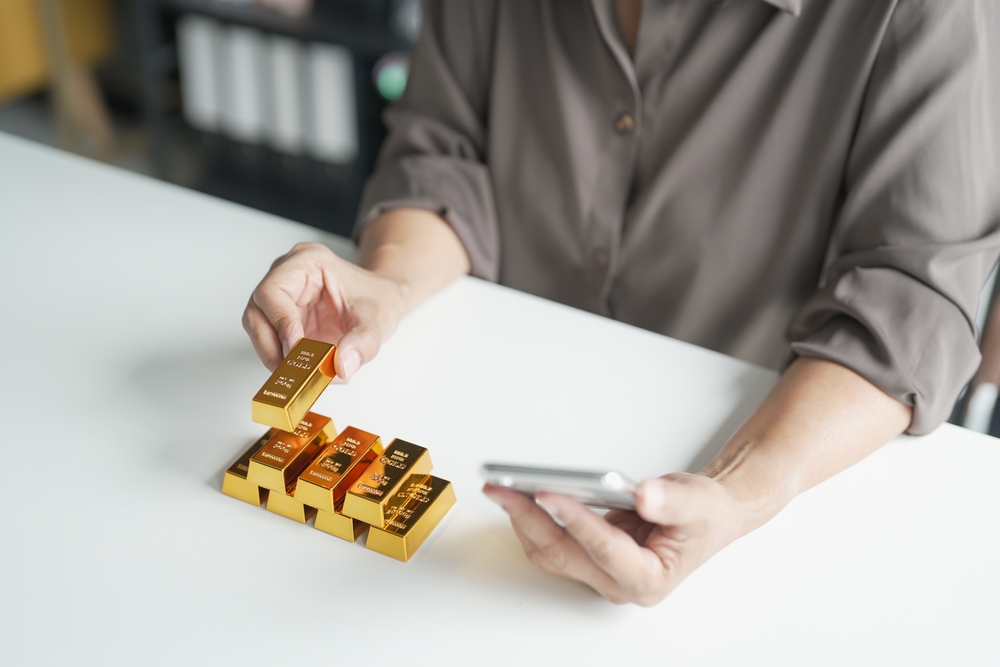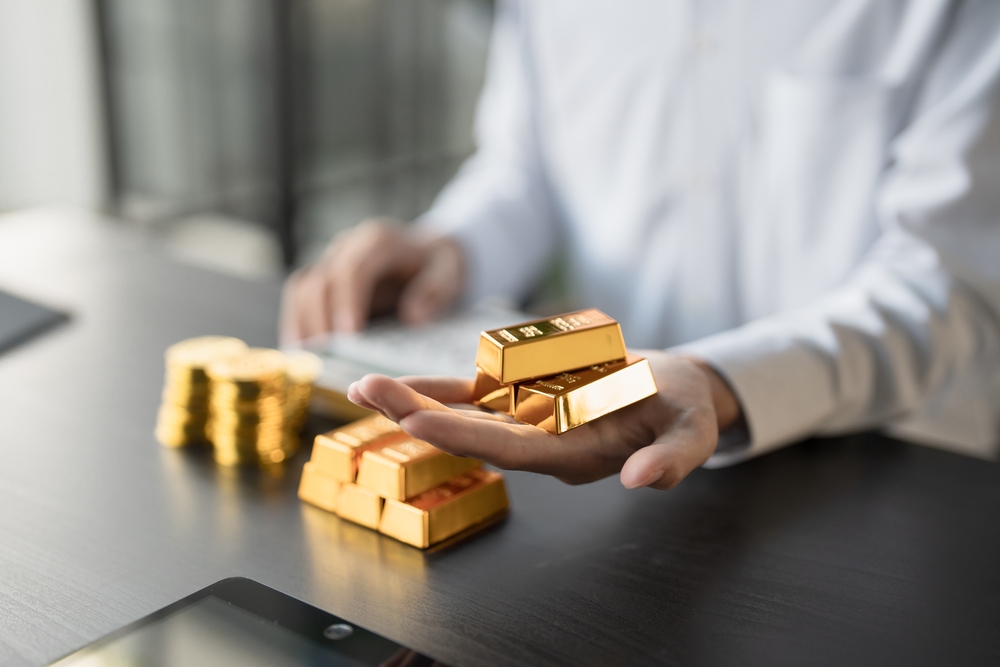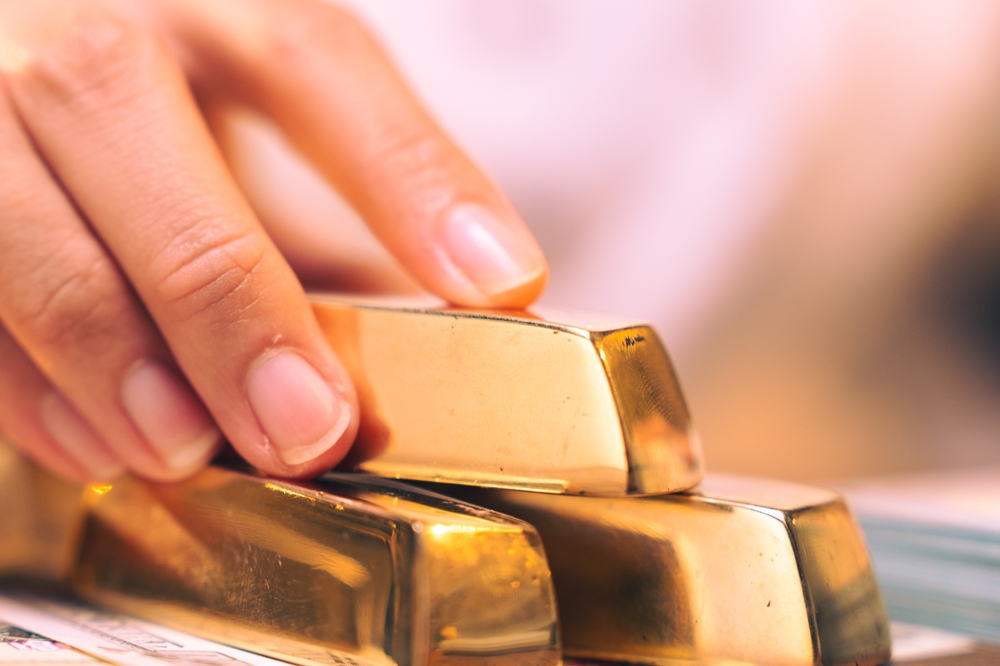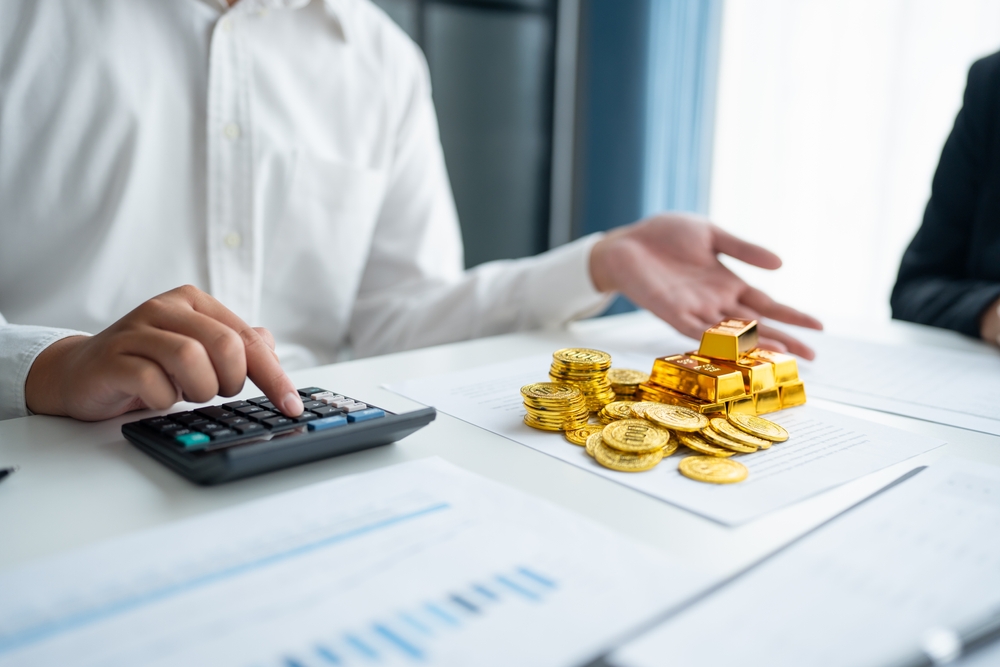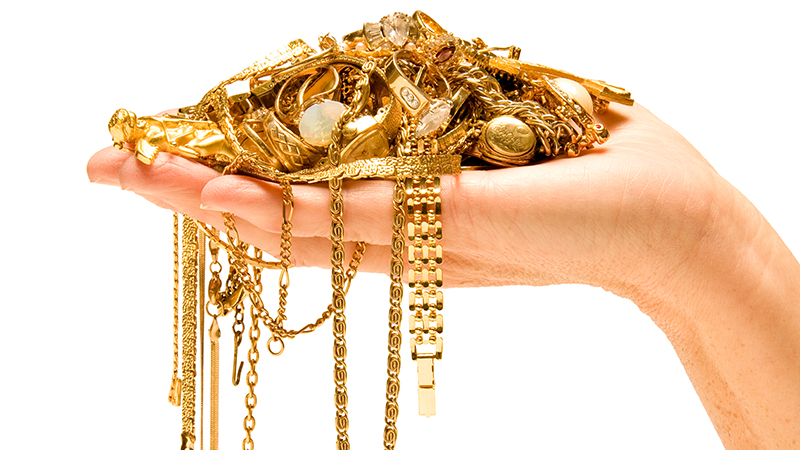Gold coins attract collectors and investors because they carry both historical and financial value. Yet not every coin is genuine, and fakes circulate widely in markets. As Saskatoon Gold Buyers, we focus on practical methods to identify authenticity. By sharing what we use every day, we hope this guide makes it easier for anyone to understand the process and avoid costly mistakes.
Visual Inspection and Surface Clues
First impressions matter when evaluating coins. Our team begins with close visual checks for obvious issues such as blurred engravings, uneven edges, or suspicious coloring. Genuine coins have consistent quality, sharp details, and uniform tones across the surface. Counterfeits often reveal flaws in the lettering or an unnatural shine caused by poor plating. We also check for mismatched designs since replicas sometimes copy the wrong year or mint mark. A magnifying glass helps bring these details forward, making it easier to see signs that a coin might not be authentic.
Using reference images is another essential part of this process. We keep official pictures of coins from various mints to compare side by side. Even small differences, like a missing detail in a symbol, can signal a fake. Over time, our eyes become trained to spot these subtle irregularities. Still, visual checks are only the first step. More reliable tools are needed before making decisions on value.
Weight and Dimension Testing
Next, we confirm whether the coin matches the expected weight and size for its type. Genuine gold coins have very specific measurements, and even slight variations often point toward counterfeiting. We use digital scales with accuracy down to fractions of a gram, paired with calipers to measure diameter and thickness. If a coin comes in lighter or heavier than the official standard, it is a strong warning sign.
In some cases, counterfeiters add base metals that increase size while lowering density. Others may hollow out the interior and fill it with a cheaper alloy. That is why both weight and dimensions must be tested together. A coin may pass one measure but fail the other. Consistency across both tells us more than either test alone. It is a simple but powerful method that we use every day to separate genuine pieces from imitations.
Magnetic Response and Simple Field Tests
Another step involves checking the magnetic response of a coin. Pure gold is nonmagnetic, so if a coin reacts to a magnet, something is off. We keep small neodymium magnets on hand to perform this test quickly. While not foolproof, it is useful for catching coins made with steel or iron cores disguised under plating.
We also use sound testing, sometimes called the ping test. By gently tapping the coin and listening to the tone, we can hear differences between gold and other metals. Genuine coins produce a clear, long-lasting ring, while fakes often sound dull or short. This method takes practice, but with experience, the ear becomes a useful tool in coin authentication. Both magnetic and sound checks provide easy, low-cost ways to add confidence before moving on to advanced methods.
Specific Gravity Measurement
When coins pass initial checks, we often measure density using specific gravity testing. This process compares the coin’s weight in air with its weight in water to calculate density. Pure gold has a distinct density that is hard to replicate with other metals. By confirming the measurement, we can identify whether a coin is likely made of solid gold or contains hidden alloys.
The process requires precision, but it provides reliable results when performed carefully. We set up small water displacement devices in our office to carry out these checks. If a coin does not match expected density values, we treat it with caution. This method is particularly helpful for older coins where wear may affect weight but not overall density. It gives us another layer of certainty before moving forward.
Advanced Tools and XRF Analysis
While traditional methods work well, advanced tools bring added accuracy. One of the most reliable techniques is X-ray fluorescence (XRF) analysis. This device directs a beam into the coin and measures the elements present in the surface. Results show the exact composition, making it nearly impossible for a counterfeit to hide. Even high-quality fakes with gold plating are exposed, since the interior alloys show up in the scan.
XRF does not damage the coin, which is important for collectors who value condition. Our team relies on this technology when evaluating high-value coins where precision matters most. Not every buyer has access to such equipment, but knowing that professionals use it helps explain why some coins need expert testing before being valued. This method gives peace of mind that no hidden materials escape detection.
Historical and Mint Verification
Beyond physical tests, we look at the history of the coin. Each mint has a record of the coins it produced, including design, year, and metal content. By comparing a coin against official mint specifications, we verify whether it matches expected standards. Counterfeiters sometimes create coins with incorrect dates or features that were never issued. Researching mint records prevents these mistakes from being overlooked.
We also consider provenance when available. Coins with documented ownership history, receipts, or certificates of authenticity carry stronger credibility. While papers can also be forged, they provide context that, combined with testing, increases confidence. This historical layer of review is often the final check that supports the results from physical and chemical tests.
Trusted Evaluation and Professional Support
Even with many tools, coin authentication is not always straightforward. That is why we encourage collectors and sellers to consult experts when unsure. Local specialists have the equipment, training, and references to confirm authenticity. By working with experienced gold buyers in Saskatoon, people gain access to knowledge that saves time and avoids losses. Our team often sees coins that were assumed genuine but turned out to be replicas, so professional verification matters.
For anyone starting out, combining basic home tests with expert review is the safest path. Checking weight, size, and magnetic response at home gives an early idea of authenticity, while professional testing adds certainty. It is a balanced way to approach coin evaluation without taking unnecessary risks.
Collectors’ Tips and Extra Precautions
Protecting against counterfeits does not stop with testing. We also advise safe practices when buying coins. Dealing with reputable sources, avoiding too-good-to-be-true offers, and learning common counterfeit types are all part of building knowledge. Coins that come in sealed holders or from established dealers carry less risk. Still, caution is always wise.
Another tip is to keep personal records of every coin acquired. Photos, receipts, and notes on testing results help build a history for each item. If the time comes to sell, this documentation supports value and reduces doubts. By treating coins as both collectibles and financial assets, we create a responsible approach that respects their importance.
Clear Communication and Local Guidance
When someone plans to sell coins, reaching out for local support provides clarity. Experienced evaluators can explain test results in simple language and guide next steps. For those who want direct assistance with selling, we serve as a gold coins buyer in Saskatoon and rely on these methods every day. By sharing our approach, we hope people understand the effort behind each assessment.
Coins carry stories and value, and every step of authentication protects both. Whether the goal is selling, collecting, or passing items down through family, ensuring authenticity keeps the trust alive. That is why communication between buyers and sellers remains essential in this field.
Taking Action with Local Experts
Anyone uncertain about a coin’s authenticity should act rather than guess. We encourage people to ask questions, seek testing, and request professional insight. When ready to take the next step, the best option is to contact us for a full evaluation. Our team is available to explain every method we use and provide clear results. We believe that honesty and knowledge create confidence in every exchange.
By combining personal learning with expert guidance, coin owners can feel secure in the decisions they make. Trust grows from clarity, and every coin deserves to be understood for what it truly is.
FAQ
How do I know if my gold coin is real without tools?
You can check basic details like sharp engravings, consistent color, and nonmagnetic response. These are helpful clues, but professional testing gives stronger confirmation.
What is the most accurate way to test a coin?
XRF analysis provides the most precise results by reading the actual metal content. It is non-destructive and highly reliable.
Can counterfeit coins have the correct weight and size?
Yes, skilled counterfeiters sometimes match dimensions while using cheaper alloys. That is why density and composition testing are important.
Is the ping test reliable for beginners?
The ping test can help, but it requires practice to recognize the correct tone. It is best used as part of a wider set of checks.
Why should I keep records of my coins?
Records add credibility and support resale value. Documentation of purchases, testing, and ownership history helps both collectors and buyers feel secure.

